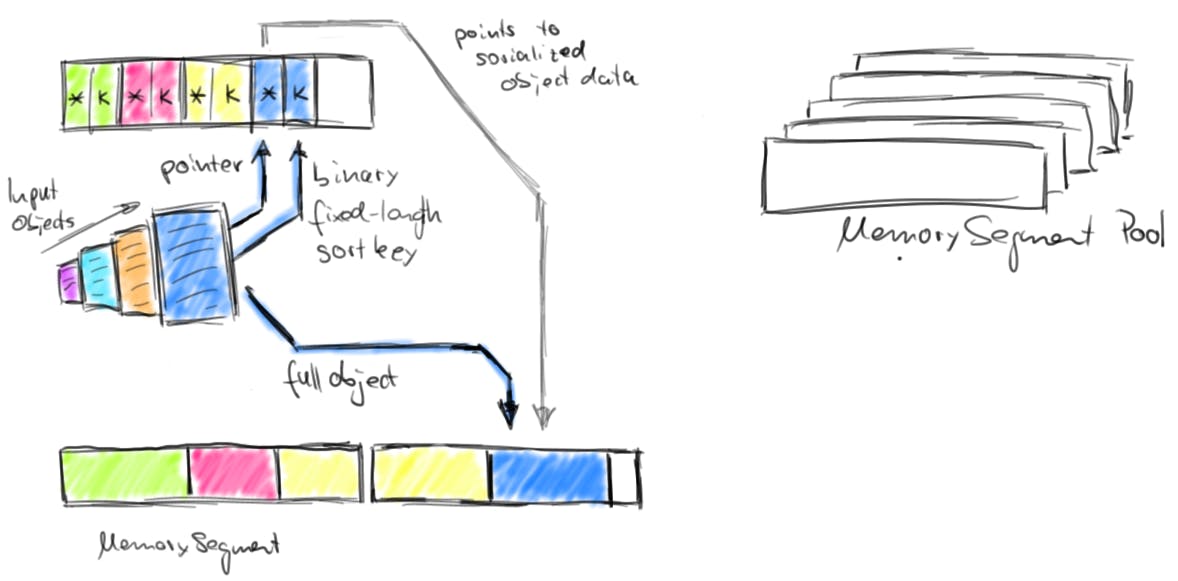In node.js a buffer is a container for raw bytes. A byte just means eight bits, and a bit is just a 0 or a 1. So a byte might look like 10101010 (From Allen).
1- What does a Buffer look like?
Basically buffer could be appeared in two main forms
const Buffer = require('buffer').Buffer;const buf = Buffer.from([0x68, 0x65, 0x6c, 0x6c, 0x6f, 0x20, 0x77, 0x6f, 0x72, 0x6c, 0x64]);
Form 1, raw memory chunk
console.log(buf);// outputs <Buffer 68 65 6c 6c 6f 20 77 6f 72 6c 64>
Form 2, decode format (could be utf16le, utf8 etc. [_more_](https://www.tutorialspoint.com/nodejs/nodejs_buffers.htm))
console.log(buf.toString('utf16le'));// outputs '敨汬潷汲'console.log(buf.toString('utf8'));// outputs 'hello world'
2- Creating Buffers
This is the part taken the note from Josh. There are a few ways to create new buffers:
Uninitiated Buffer of n octets
var buffer = new Buffer(8);
Buffer from a given array
This buffer is uninitialized and contains 8 bytes.
var buffer = new Buffer([ 8, 6, 7, 5, 3, 0, 9]);
Buffer from a given string.
This initializes the buffer to the contents of this array. Keep in mind that the contents of the array are integers representing bytes.
var buffer = new Buffer("I'm a string!", "utf-8")
3- Operation
More Fun With Buffers
- Writing to Buffers
- Reading from Buffers
buf.toString(‘utf8’,0,5) - Convert Buffer to JSON
var json = buf.toJSON(buf); - Concatenate Buffers
var buffer3 = Buffer.concat([buffer1,buffer2]); - Compare Buffers
buf.compare(otherBuffer); - Copy Buffer
buffer1.copy(buffer2); - Slice Buffer
var buffer2 = buffer1.slice(0,9); - Buffer Length
buffer.length
Reference:
https://docs.nodejitsu.com/articles/advanced/buffers/how-to-use-buffers/
https://allenkim67.github.io/programming/2016/05/17/nodejs-buffer-tutorial.html
https://www.tutorialspoint.com/nodejs/nodejs_buffers.htm
https://flink.apache.org/news/2015/05/11/Juggling-with-Bits-and-Bytes.html


